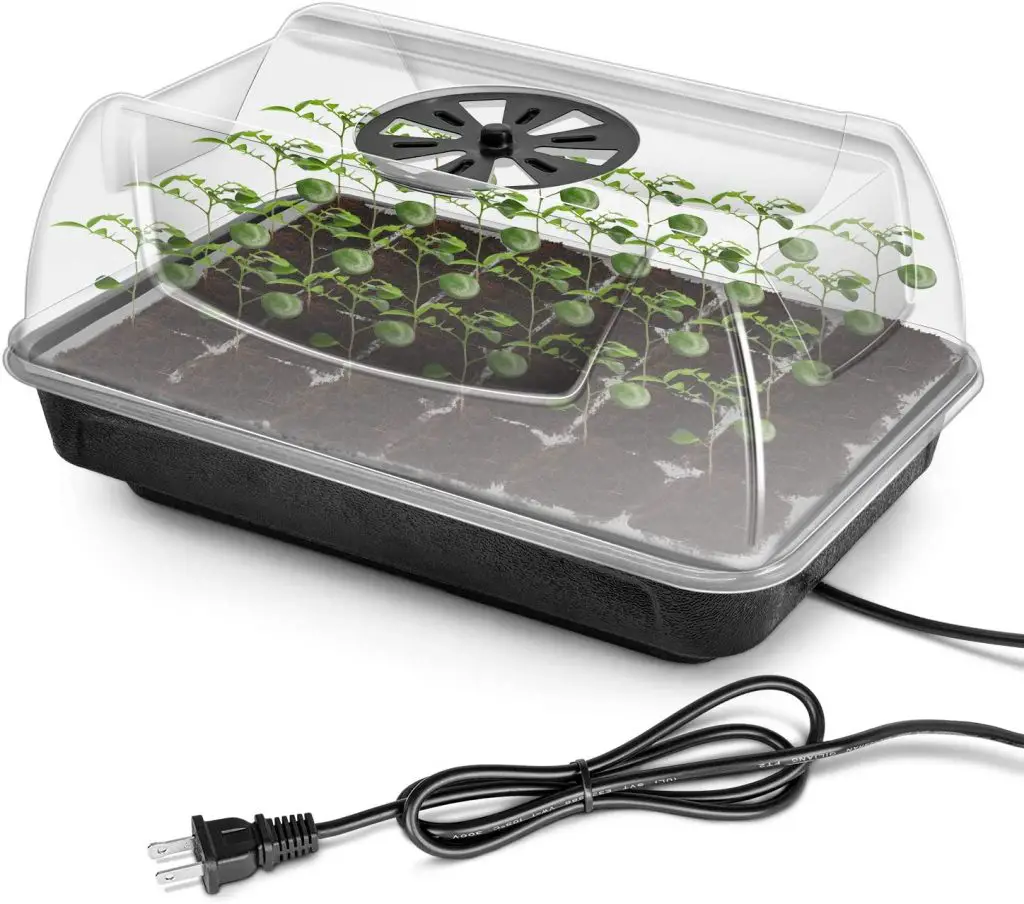How Deep Do Beets Grow? Beets are a popular vegetable to grow in the garden and they produce a fantastic crop whether you are eating the root or beet greens. However, one of the most common questions that is asked, particularly when growing the beets in raised beds, is how deep do the beets’ roots grow?
Beet plants are relatively shallow-rooted plants irrespective of whether you are growing beetroot or beet greens. Typically, the root systems will only go to a depth of 3 to 4 inches in most cases. In the case of beetroot itself, the root of the plant generally sits nestled into the surface of the soil with a small taproot protruding into the soil approximately 2 to 4 inches depending upon the size of the root.
This means that big plants can be successfully planted in quite shallow soils and in the case of raised beds a depth of 4 to 6 inches would be more than adequate in most cases. However, one of the most important things is to ensure is that the soil does remain moist because the root system is more susceptible to drying out as it is closer to the surface.
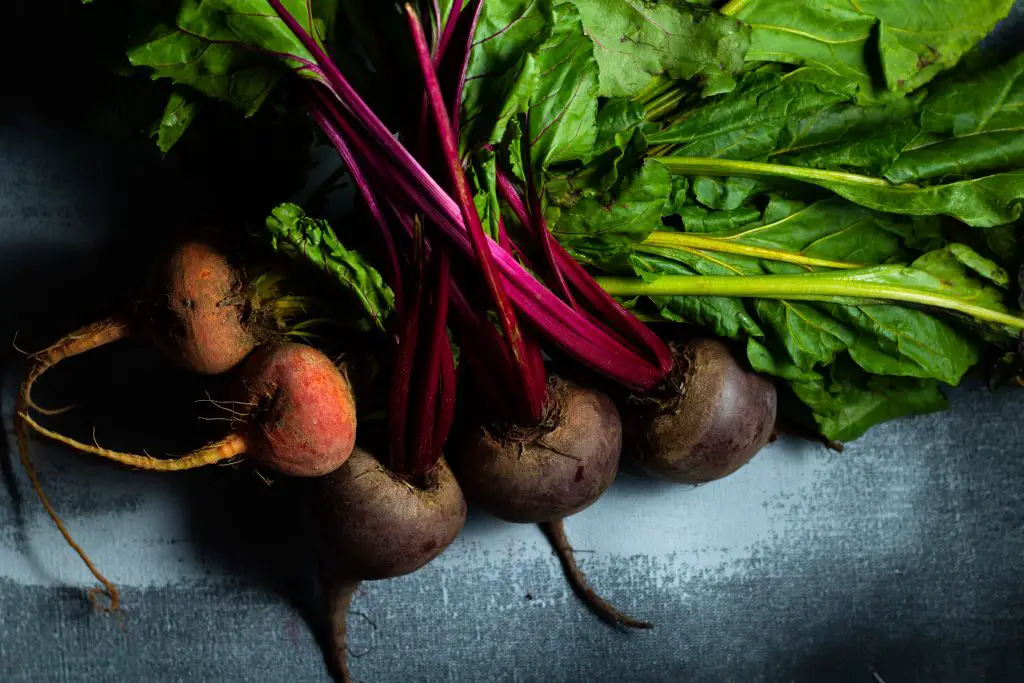
What Is The Best Time To Grow Beets?
Beets are a hardy plant that is quite frost tolerant which means that they can be successfully grown in spring or autumn as it generally prefers the cooler months of the year irrespective of whether you’re growing roots or beet greens.
In the case of beetroots, most gardeners tend to sow multiple crops throughout the season to ensure that you have an ongoing supply of plants. These sowings typically occur at the start of spring and also in late summer which will allow you to grow a beet crop through the autumn for a harvest in winter.
The advantage of growing the plants at this time of year is that they can sit happily in the garden for several months provided that the ground has not frozen completely solid. Typically, beet plants are quite happy at temperatures down to 28F.
In the case of beet greens such as rainbow chard most gardeners plant the seeds in early spring as this type of beet can last throughout the entire growing season and through winter provided that your winters are not too cold, giving you 9 to 12 months of continuous harvest year round.
However, once the weather begins to warm up in mid-spring the chard plant will quickly run to seed which means to maintain an ongoing supply throughout the year a new crop of seedlings needs to be ready to replace the old plants which can only be achieved if you plant relatively early in spring or even in winter depending upon your specific climate.
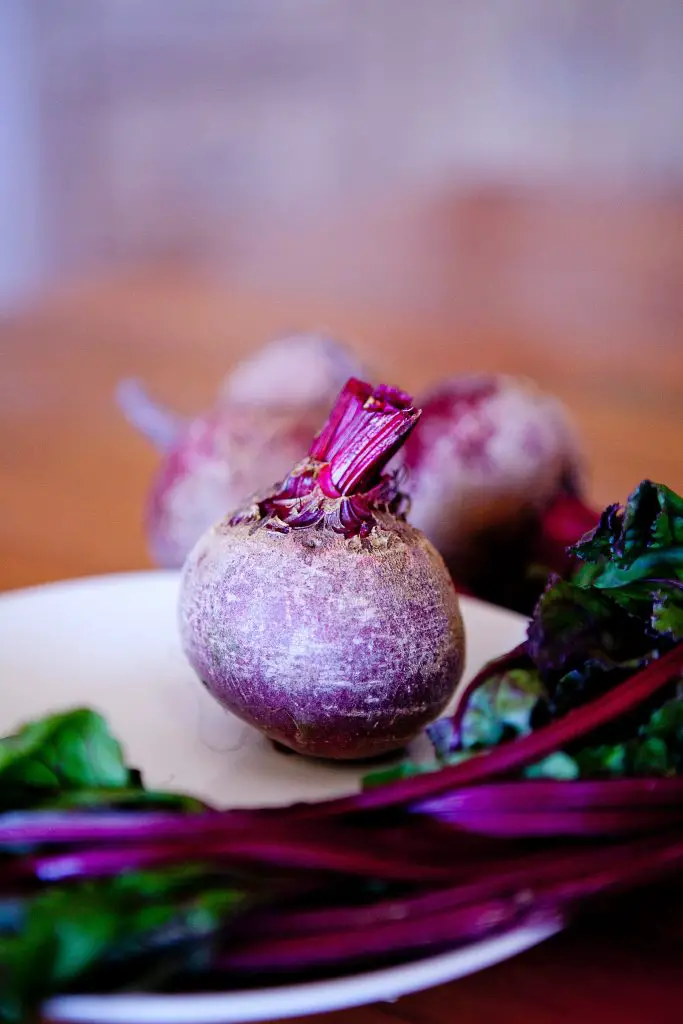
How To Grow Beets?
Beets are a relatively easy plants to grow and they can be started off either by purchasing seedlings from a garden center or growing them from seed. However, generally I find it is better to grow the plants from seed as it is more cost-effective.
The seeds can be sown directly into the garden or started in the seed tray. I personally favor starting the plants in a seed tray because you can bring it indoors and get the plants growing more quickly.
However, if you live in a relatively cold region you may consider purchasing a heated propagation tray as they are ideal to get your plants off to the best possible start as they provide a consistently warm and humid environment.
If you are considering purchasing a heated propagation tray the product we would recommend is the ipower gemination kit which features a removable seed tray and humidity dome. These features are advantageous because the removable seed tray is usually the component of the unit that will deteriorate first therefore it can be easily replaced extending the life of the unit.
The humidity time is also an important feature as it ensures that the heat produced by the seed tray is held around the young seeds and seedlings ensuring and an ideal growing environment. To see the latest price on Amazon click on the link below.
Planting Beets Seeds
Irrespective of whether you are planting beets for greens or the roots it is best to start by filling the seed tray with a good quality seed raising mix and ensuring that the mixture is firmed into each cell to form a solid plug. This is important as it makes it much easier to transplant the seedlings later on.
If you are growing beet greens we would generally recommend that you put 2 to 3 seeds per cell in the seed tray as this will ensure that you get at least one plant per cell which will make the most of your growing space.
However, if you’re growing beetroot one of the techniques that we recommend is to use multi-sowing. This technique is advantageous for growing certain crops such as onions, leeks, beetroot, and radishes.
Multi-sowning means that you typically grow the plants in clumps rather than as individuals which has several advantages in terms of time and yield. The main advantage is that you can fit more plants per seed tray and transferring those seedlings into the garden is also much faster because you are planting several plants simultaneously rather than creating individual planning holes for each plant.
Additionally, because you were growing several plants per clump the yield that is achieved is at least equal to conventional planting methods and they are also maintenance advantages. These advantages occur because you can plant the clumps of beetroot further apart enabling a dutch hoe to be used to remove weeds much more quickly than by hand.
In terms of the number of seeds that should be sown per cell, we recommend planting 4 to 6 seeds as any more than this will affect the size of the roots that are produced.
The seeds themselves, whether they are beet leaves or beetroots, should be planted at a depth of approximately half an inch in the soil and then watered in well.
The seedlings will typically appear approximately 7 to 14 days after the seeds are planted, however, this can vary depending upon the conditions. Seedling will typically need to spend anywhere between 4 and 8 weeks in the seed tray.
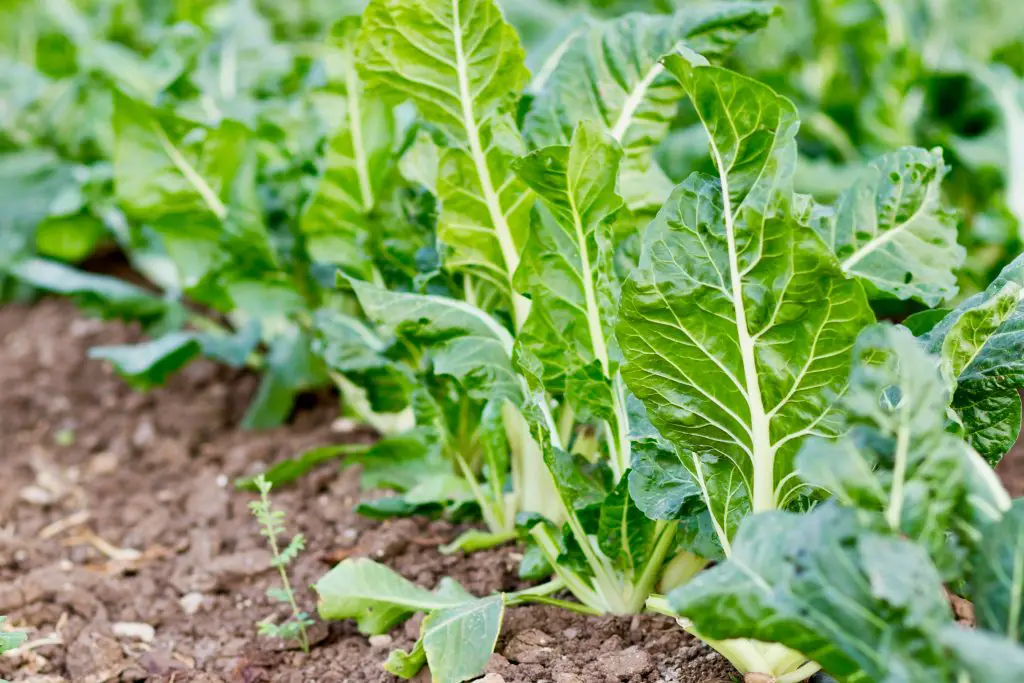
Transplanting Beet Seedlings Into The Garden
Beet plants should ideally be planted in a sunny location, however, they will tolerate shadier conditions though the rate of growth is likely to be slower. In terms of soil conditions they generally prefer rich moist and free-draining soil that has plenty of nutrients. If you have some doubt about the level of nutrition in your soil it is advisable to add a bag of compost to the soil before you plant.
The seedling clumps should typically be planted approximately 10 inches apart. Once they are planted into the ground it is advisable to apply snail bait around the seedlings as they can be susceptible to attack.
Additionally, applying a thick layer of mulch is also recommended to reduce the rate of moisture loss from the soil.
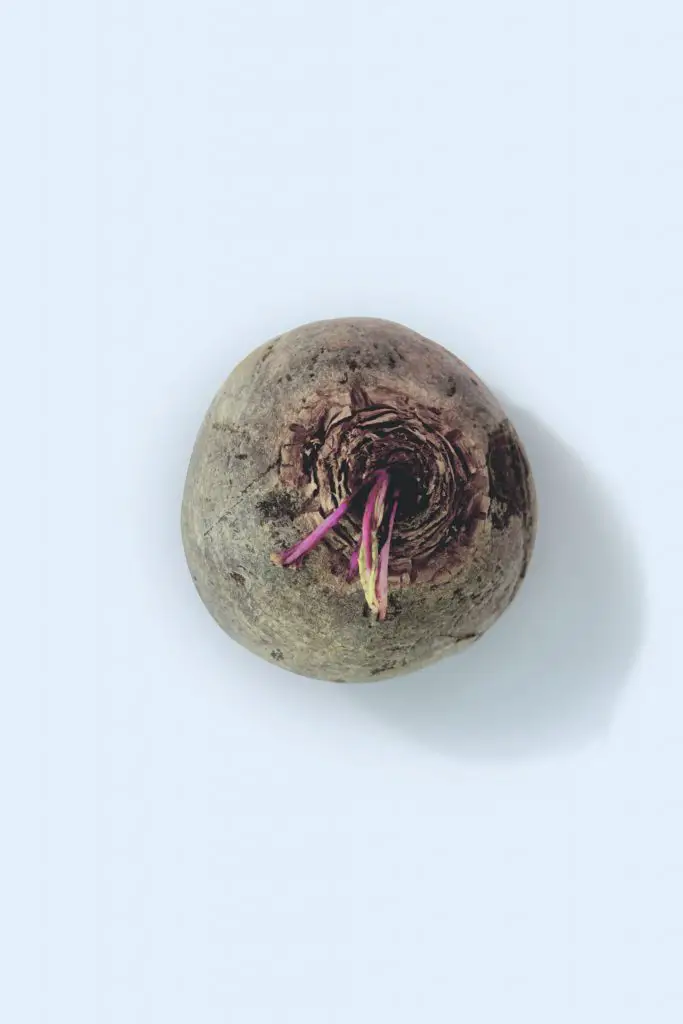
Caring For And Harvesting Beet Plants
The beet plants generally will require very little maintenance once they have become established in the garden. The main jobs are to ensure that the beds remain weed-free and the plant received regular watering in the warmer months of the year.
In terms of harvesting if you are growing beetroot you can potentially take a harvest of baby beet leaves as well as waiting for the Beetroots to develop. The beetroots can be picked at any stage once they reach the size of a golf ball, however, if you are growing them in clumps it is advisable to select the largest beets to remove allowing the smaller ones to grow on within the clump.
When removing the beetroots from the clump it is advisable to twist the plant out rather than just pull it as that will reduce the level of root disturbance for the other remaining beets in the clumb.
If you are growing beet greens it is advisable to wait until the leaves have reached the point where they are 4 to 6 inches long before taking the first harvest. To minimize the time between harvests is recommended that you harvest only the outer leaves, which are the oldest on the plant, leaving the smaller central leaves to continue to grow on and develop.
Harvesting in this way will allow the plant to continue to photosynthesize and recover from each harvest ensuring that you can take multiple harvests throughout the season. Beet greens are generally very prolific once they give going and typically you only need to have a few plants for a family as that will usually be sufficient to keep you going throughout the year.
I hope you found this article useful and have great success growing your beets if you have any additional questions or comments please leave them in the section below.
Relevant Articles
Beets vs Beetroot: Are They The Same Thing?
Does Silverbeet Need Full Sun?
Can You Grow Beetroot All Year Round?
Does Beetroot Grow Underground?

